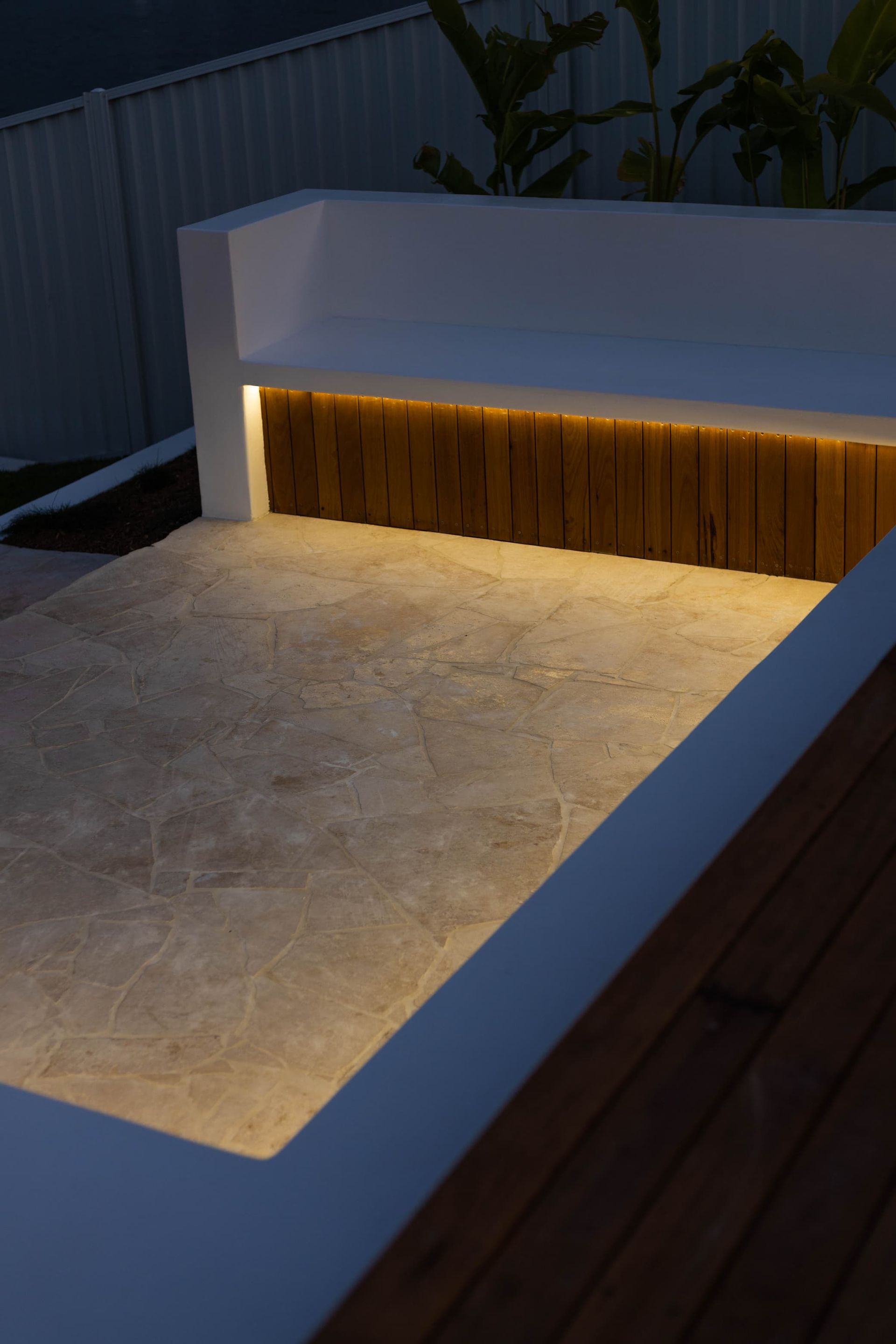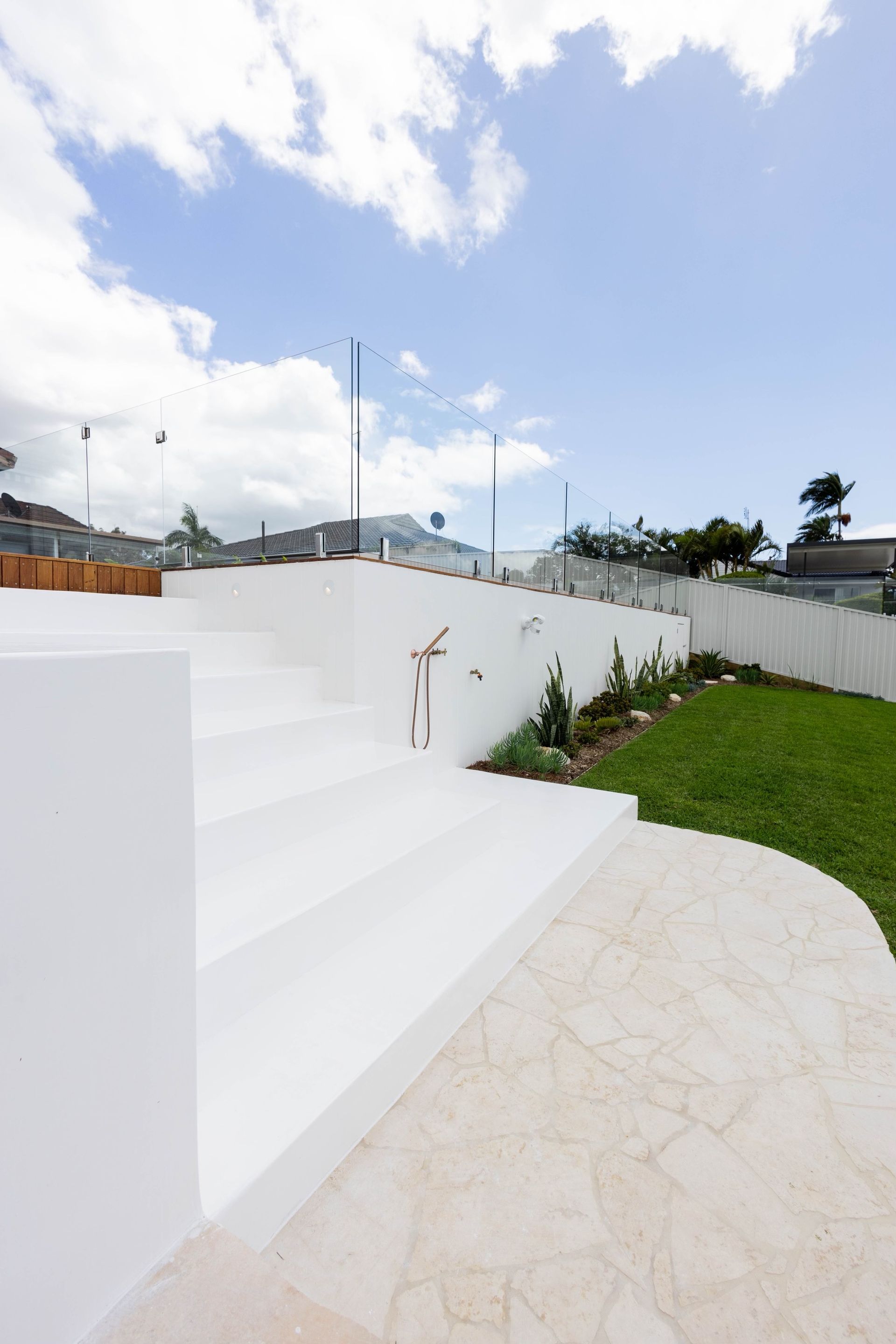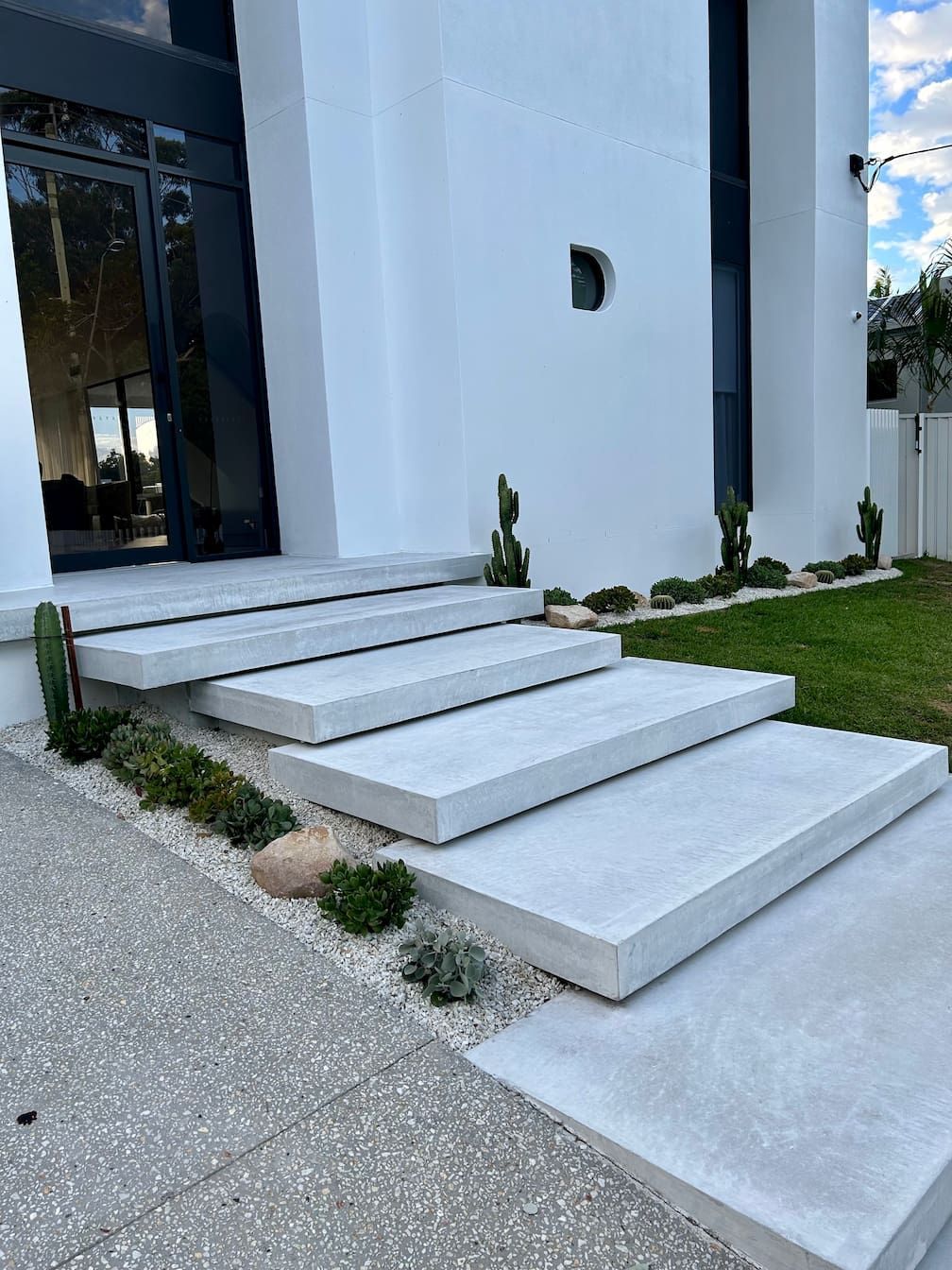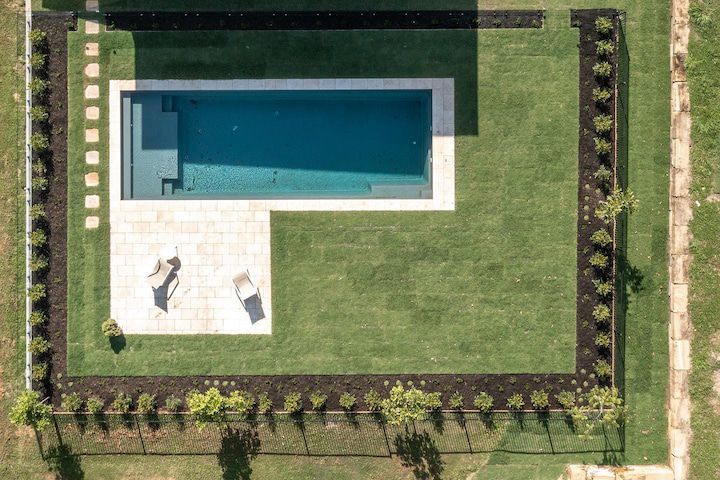How To Clean Artificial Turf
Artificial turf offers the benefits of a lush, green lawn without the hassle of constant upkeep. However, to maintain its pristine appearance and prolong its lifespan, regular cleaning is essential.
Whether you're a homeowner or managing a commercial property, understanding how to clean artificial turf properly is key to preserving its appearance and functionality. In this guide, we'll delve into the step-by-step process of cleaning artificial turf, the frequency of cleaning and the benefits of regular cleaning.
Do You Need To Clean Artificial Turf?
Despite its synthetic nature, artificial turf requires maintenance to prevent the buildup of debris, dirt and organic matter. Without proper cleaning, several issues can arise:
Weed Growth: Over time, organic matter trapped in the turf can provide a fertile environment for weed growth, compromising the aesthetics of the lawn.
Bacterial Growth: Moisture retention in debris can foster the growth of bacteria, potentially leading to unpleasant odours and health hazards.
Matting and Compaction: Accumulated debris can weigh down the turf fibres, causing them to flatten and lose their resilience, resulting in an uneven surface.
Reduced Drainage: Debris accumulation can obstruct drainage systems, leading to water pooling and potential damage to the turf backing.
How Often Should You Clean Artificial Turf?
The frequency of cleaning artificial turf depends on several factors, including the level of foot traffic, proximity to trees or foliage and local weather conditions. As a general guideline, we recommend:
Regular Maintenance: Perform light cleaning such as removing surface debris and pet waste on a weekly basis to prevent buildup.
Seasonal Cleaning: Conduct a thorough clean including brushing and rinsing, at least once every three months to remove embedded dirt and rejuvenate the turf fibres.
Spot Cleaning: Address spills and stains promptly to prevent permanent discolouration and maintain the turf's appearance.
How to Clean Artificial Turf
Cleaning artificial turf is fairly straightforward. Here's our step-by-step guide:
Remove Debris: Begin by using a leaf blower or stiff brush to remove leaves, twigs and other loose debris from the turf surface.
Spot Treat Stains: For stubborn stains or pet urine, dilute a mild detergent in water and gently scrub the affected area with a soft-bristled brush. Rinse thoroughly with water.
Sanitise and Deodorise: To eliminate bacteria and odours, apply a synthetic turf cleaner or a mixture of vinegar and water to the turf surface. Allow it to sit for a few minutes before rinsing with water.
Brush the Turf: Use a stiff-bristled brush or a power broom to agitate the turf fibres, lifting them and restoring their upright position.
Rinse Thoroughly: Finally, rinse the entire turf area with water to remove any remaining cleaning solution and debris, ensuring proper drainage.
Benefits of Cleaning Artificial Turf
Regularly cleaning your artificial turf offers numerous benefits, including:
Enhanced Aesthetics: A clean, well-maintained turf creates an inviting outdoor space, enhancing the overall appearance of your property.
Extended Lifespan: By removing debris and preventing compaction, regular cleaning helps preserve the integrity of the turf fibres, prolonging their lifespan.
Improved Drainage: Clearing debris and maintaining proper drainage channels ensure efficient water runoff, minimising the risk of water damage and mould growth.
Health and Safety: Eliminating bacteria and allergens from the turf surface creates a safer environment for pets and children to play, reducing the risk of infections and allergic reactions.
Conclusion
Maintaining artificial turf requires diligence and regular upkeep to ensure its longevity and performance. By following the steps outlined in this guide and adhering to a consistent cleaning schedule, you can enjoy a vibrant, lush lawn year-round.
For
artificial turf installation on the Gold Coast, get in touch with LGM Landscaping.
Get in Touch For A Free Quote











